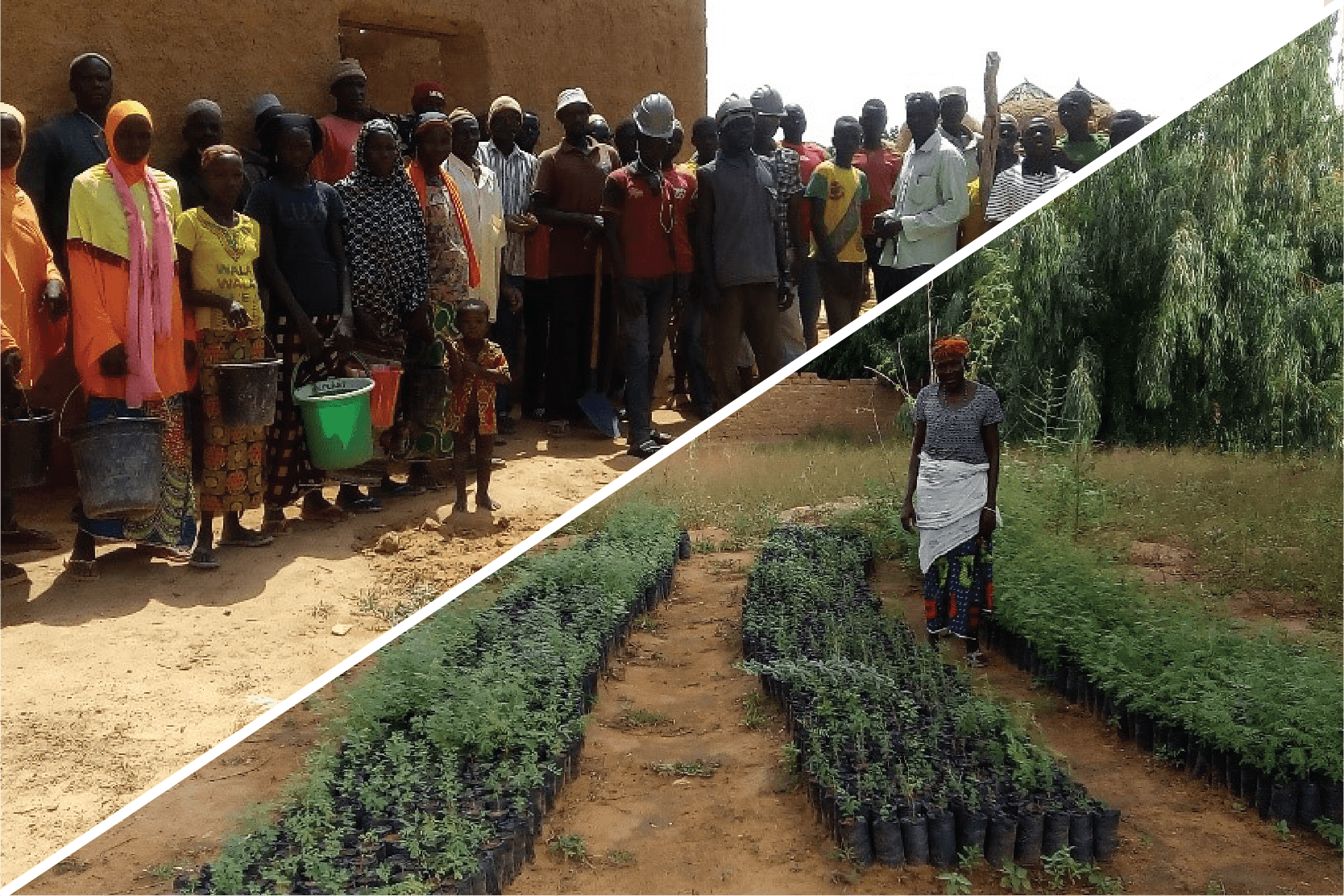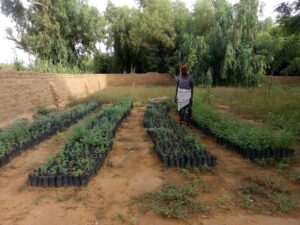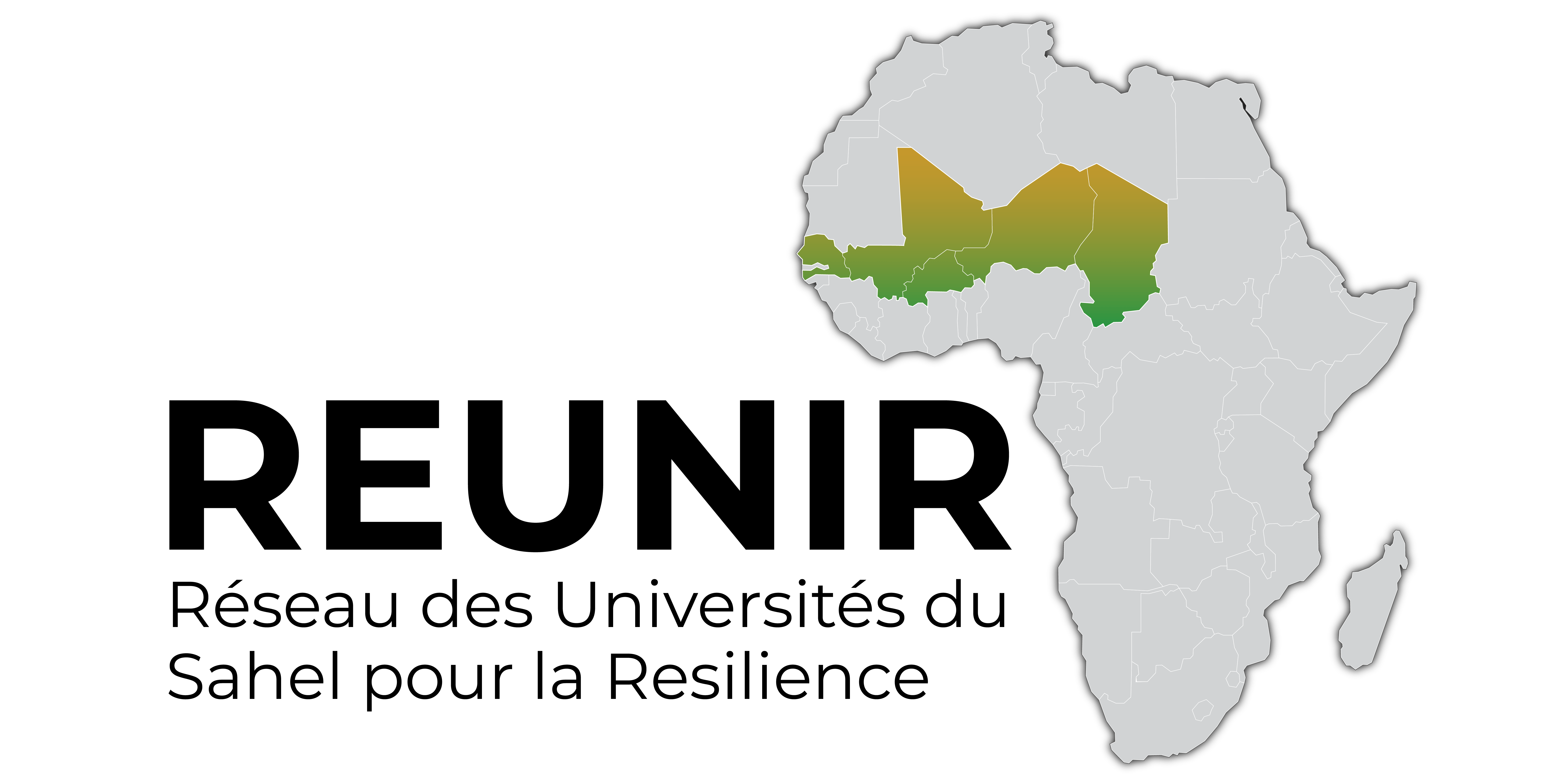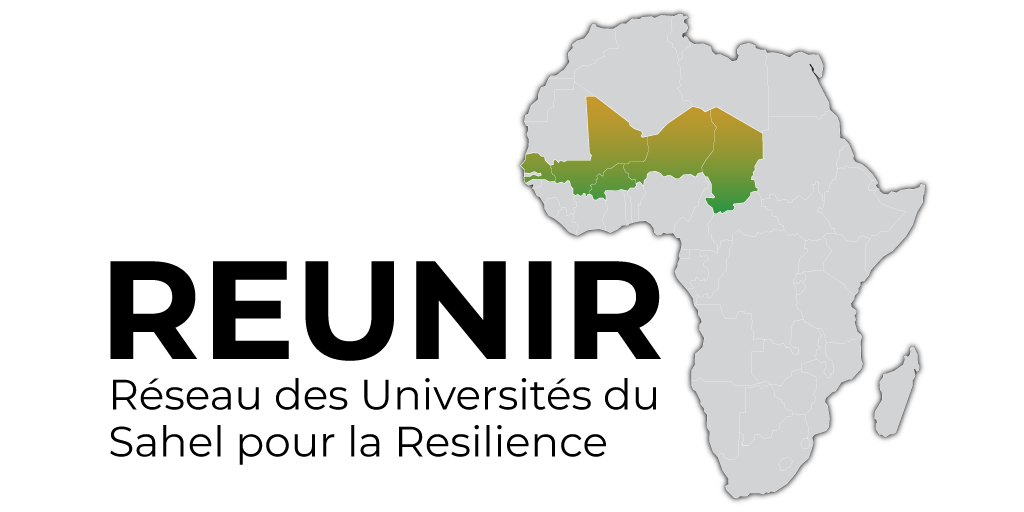
Research Details
- Recherche : Analysis of productive asset creation activities resulting from Participatory Community Planning (PCP)
- Chercheur : ISSOUFOU ADAMOU Rakiatou
- Categorie : COMMUNITY PARTICIPATION GENDER AND RESILIENCE
- Année : 2019
1. CONTEXT, PROBLEM AND OBJECTIVE
For around thirty years, the options taken in favor of development in Niger have been focused around the processes of participation of the populations at the grassroots. Indeed, from the “welfare” State exclusively ensuring the management of development actions to the State limiting itself to creating the conditions of an environment that encourages the free expression of actors, local mobilization has become a priority.
To respond to this new dynamic, the State of Niger, through the 3N initiative and in partnership with the United Nations systems team in Niger, developed a Participatory Community Planning (PCP) tool in 2014, the implementation of which implemented simultaneously takes into account several complementary interventions (monetary transfers; transfers of productive inputs; distribution of goat kits, etc.). The synergies between the different types of interventions would make it possible to obtain better results than those which would be obtained separately by each modality.
Thus, this study, which focuses on the case of Sahiya, questions the effects of the implementation of the PCP on the creation of productive assets by specifically analyzing the contribution of beneficiary communities in the success of project activities. of development.
2. METHODOLOGY
This study was conducted in the village sector of Sahiya, made up of the villages of Sahiya, Senghelou, Gougouhema and Tawaye. The sector is located 65 km from Bagaroua and approximately 140 km from Tahoua. It has a population of 16,576 inhabitants grouped into 2072 households, made up mainly of Hausa, then Peulh and Tuareg. The main migratory destinations of this population are Côte d’Ivoire and Nigeria (PCP, 2014).
The methodological approach consisted of an exploratory phase and field surveys:
3. RESULTS AND DISCUSSION
Identification and involvement of stakeholders
It appears that the population represents a major actor due to its presence at all stages, notably from design with its participation in the PCP development process, to implementation through its mobilization as a workforce, and the monitoring of activities through the village committees set up. One of the most observable results of this mobilization and community involvement is the decline or reduction in migration departures which can be explained on the one hand by access to other resources, in particular by participation in CES/DRS activities, thus allowing to secure agricultural production and on the other hand by increasing agricultural yields thanks to the qualitative and quantitative recovery of land. The beneficiaries control the induced effects and the assessments of the changes observed/experienced. Among the induced effects, populations mention the increase in land productivity, the decline or reduction in agricultural wage employment, the development of Income Generating Activities (IGA), the possibilities of reconstituting livestock, the availability of agricultural inputs, etc. which reduce exodus, stimulate and maintain socio-economic dynamics and improve the resilience capacities of populations.
From the village management committee (COGES)
The village management committees studied in this document are like those of the peasant associations of the Senegalese peanut basin described by BUNDO (1994) in these terms: “the “offices” of the associations studied are characterized by a formal facade reminiscent of an organization bureaucratic, with its cohort of presidents, secretary, treasurer, auditors, marketing manager and their respective deputies. These charges most often do not correspond to specific tasks…”. Indeed, apart from the general secretaries and in some cases the president (in Senghelou) the other members do not really play their roles. The majority of them are illiterate and have not received training relating to their activities.
Women's access to land

Figure 1 shows a woman who has a woody plant nursery. Analysis of the results of the survey of the various management committees (COGES) showed that women have restricted access to positions of responsibility. However, can the role given to women in joint committees influence the group's performance as was the case elsewhere? 173 Indeed, a case study of 14 peasant groups in two regions of Madagascar (CRS, 2011) was conducted to analyze the links between gender equality, the performance of the group and the well-being of households. The study concluded that: the five groups that integrated women more effectively into the decision-making process had better grades and their members expressed more satisfaction with their group's performance. However, obtaining a high score seems more linked to the education and literacy of the members. However, in the case of this study we have just seen that most of the members are illiterate and having not received training relating to their activities, a good number of them are unaware of what their function really consists of.
Seed collection deficit
A deficit of more than 13 tonnes was recorded for seed collection in 2017. As GARBA (2005) maintains in another context, non-repayment of credit is the main cause of the interruption of the activities of Cereal Banks. The same author continues by quoting Issaka Moussa from the village of Sakata speaking on the causes of the non-repayment of loans "It is we the farmers who constituted the stock without external contribution, therefore we are not obliged to make all kinds of pressure to repay loans on everything in this difficult time. If the project had brought in even a few tia of millet, we would perhaps be embarrassed not to repay our debts.” In the context of this study, the beneficiaries justify the non-reimbursement rather by the fact that the seeds distributed are donations.
The involvement of village chiefs in the management of cereal banks

Figure 2 shows a group of women and men for the construction of a cereal bank.
The surveys showed a strong involvement of village chiefs and site supervisors in the management of the assets. A study on the state of grain banks in Niger (CCA, 2009) showed that the misappropriation of resources with impunity by certain community leaders is one of the causes of the failures of these structures. However, in the case of this study, the involvement of village chiefs and site supervisors proved necessary in particular to put pressure on the beneficiaries in the context of loan repayment. Figure 1: A woman's woody plant nursery Figure 2: Group of people for the construction of a cereal bank 174 In addition, the particularity of the Gougouhema Input Bank (which works well) is largely explained by the full involvement of the village chief in the day-to-day management of the committee. Members therefore benefit from his experience as a teacher and former prefecture executive. This study showed low involvement of COGES members. Indeed, during the interviews, some members expressed their intention to resign from their positions. The main reason given is the voluntary nature of the activities they carry out. In the logic of collective action (1978), the American economist Mancur OLSON has already highlighted this paradox of collective action. For this author, the existence of a community of interest is not enough to provoke collective activity. The reason, for the author, is that it produces a collective good from which those who did not participate in the action and who would have avoided the costs of engagement can benefit. This pushes individuals to adopt “free riding” behaviors. » (Stowaway passengers). The solution to this paradox is, for OLSON, penalization and constraint or non-collective advantages from which participants can benefit.
4. CONCLUSION AND RECOMMENDATIONS
The hypothesis that community involvement allows for better asset management is confirmed. Indeed, through the description of the functioning of the management committees of input banks and local nursery groups, the study showed the important role that these structures play in management but also in the creation of productive assets. However, these committees face several constraints, such as the low involvement of certain members, illiteracy, lack of training and experience in the management of community assets.
This study confirmed the idea that the success of the activities of a community development project depends not only on good planning, but also and above all on the full participation of all the actors involved, particularly the beneficiary communities: d firstly, in terms of accountability by requiring management committees to establish a regular financial report to share with the base, then in terms of empowering these communities by granting them more decision-making powers because as said Muller (1992): “The only way to succeed in a policy is to entrust its implementation to those who have an interest in its success.”


